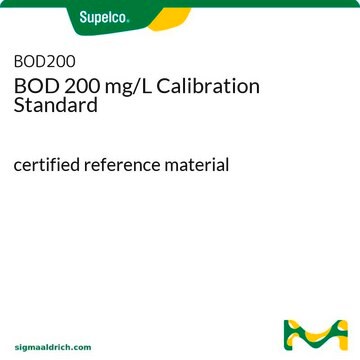32106
Reserpine-(3′,4′,5′-trimethoxy-d9)
VETRANAL®, analytical standard
Sinonimo/i:
(3β,16β,17α,18β,20α)-11,17-Dimethoxy-18-[[3,4,5-tri(methoxy-d3)benzoyl]oxy]yohimban-16-carboxylic acid methylester
About This Item
Prodotti consigliati
Grado
analytical standard
Livello qualitativo
Nome Commerciale
VETRANAL®
Durata
limited shelf life, expiry date on the label
tecniche
HPLC: suitable
gas chromatography (GC): suitable
applicazioni
forensics and toxicology
pharmaceutical (small molecule)
veterinary
Formato
neat
Stringa SMILE
[2H]C([2H])([2H])Oc1cc(cc(OC([2H])([2H])[2H])c1OC([2H])([2H])[2H])C(=O)O[C@@H]2C[C@@H]3CN4CCc5c([nH]c6cc(OC)ccc56)[C@H]4C[C@@H]3[C@@H]([C@H]2OC)C(=O)OC
InChI
1S/C33H40N2O9/c1-38-19-7-8-20-21-9-10-35-16-18-13-27(44-32(36)17-11-25(39-2)30(41-4)26(12-17)40-3)31(42-5)28(33(37)43-6)22(18)15-24(35)29(21)34-23(20)14-19/h7-8,11-12,14,18,22,24,27-28,31,34H,9-10,13,15-16H2,1-6H3/t18-,22+,24-,27-,28+,31+/m1/s1/i2D3,3D3,4D3
QEVHRUUCFGRFIF-QXCASUSISA-N
Descrizione generale
Applicazioni
Note legali
Avvertenze
Danger
Indicazioni di pericolo
Consigli di prudenza
Classi di pericolo
Acute Tox. 4 Oral - Carc. 2 - Repr. 1A - STOT SE 3
Organi bersaglio
Central nervous system
Codice della classe di stoccaggio
6.1C - Combustible acute toxic Cat.3 / toxic compounds or compounds which causing chronic effects
Classe di pericolosità dell'acqua (WGK)
WGK 3
Punto d’infiammabilità (°F)
Not applicable
Punto d’infiammabilità (°C)
Not applicable
Choose from one of the most recent versions:
Possiedi già questo prodotto?
I documenti relativi ai prodotti acquistati recentemente sono disponibili nell’Archivio dei documenti.
Il team dei nostri ricercatori vanta grande esperienza in tutte le aree della ricerca quali Life Science, scienza dei materiali, sintesi chimica, cromatografia, discipline analitiche, ecc..
Contatta l'Assistenza Tecnica.







